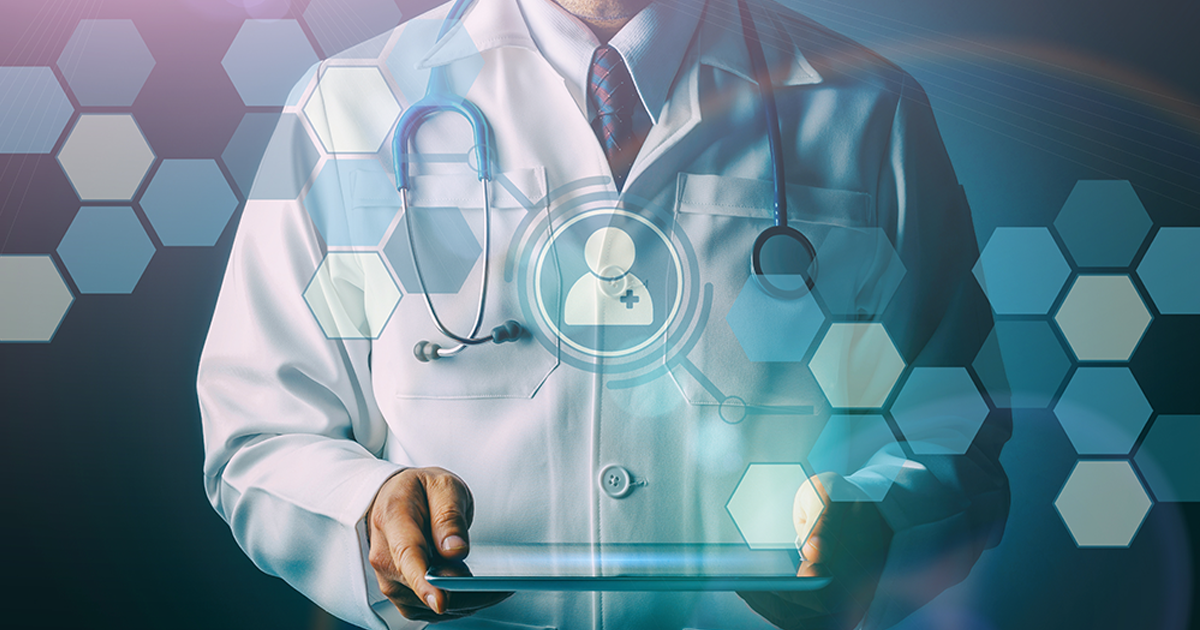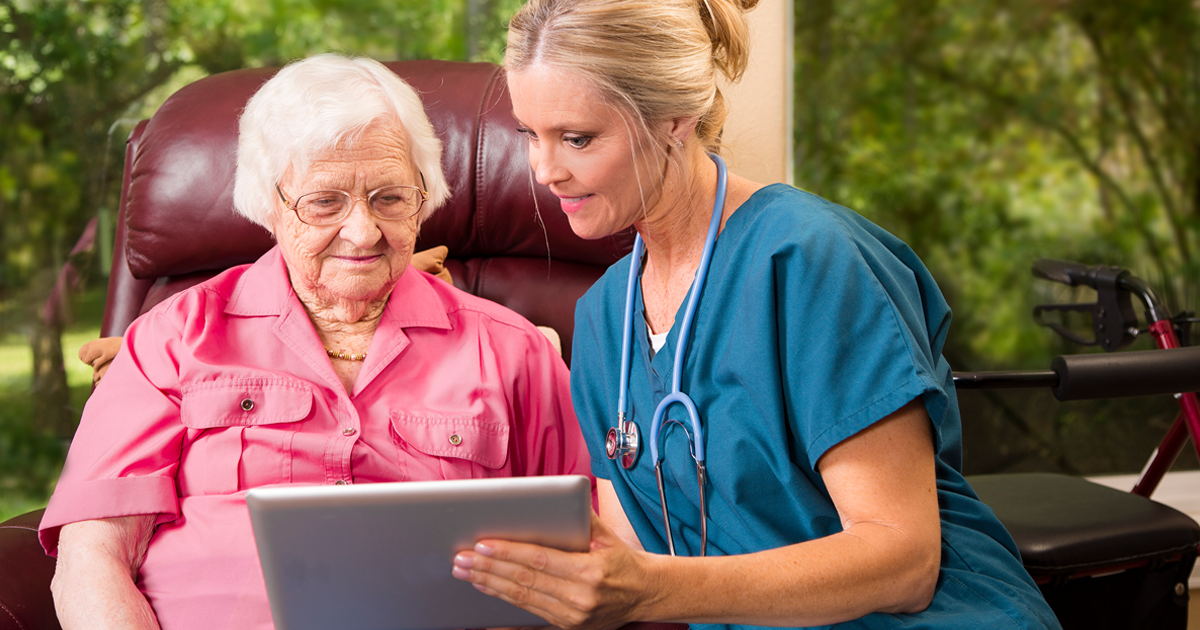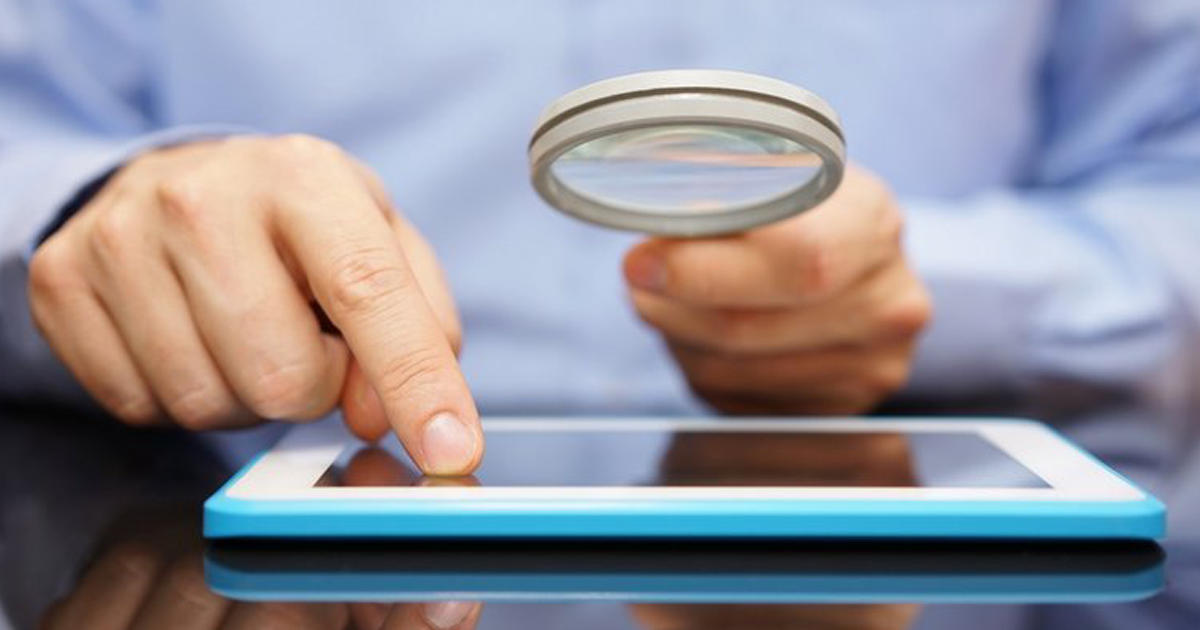Artificial Intelligence (AI) and wearable devices are playing an ever-larger and more vital role in the future of healthcare. With Australia’s ageing population, rising incidence of chronic illnesses, and increasing healthcare expenditure, AI’s capacity to improve diagnostic accuracy, personalise treatment plans, and streamline care delivery is proving essential. Meanwhile, wearables are transforming how we capture real‐time data on patients, detect early warning signs, and encourage healthier behaviours.








